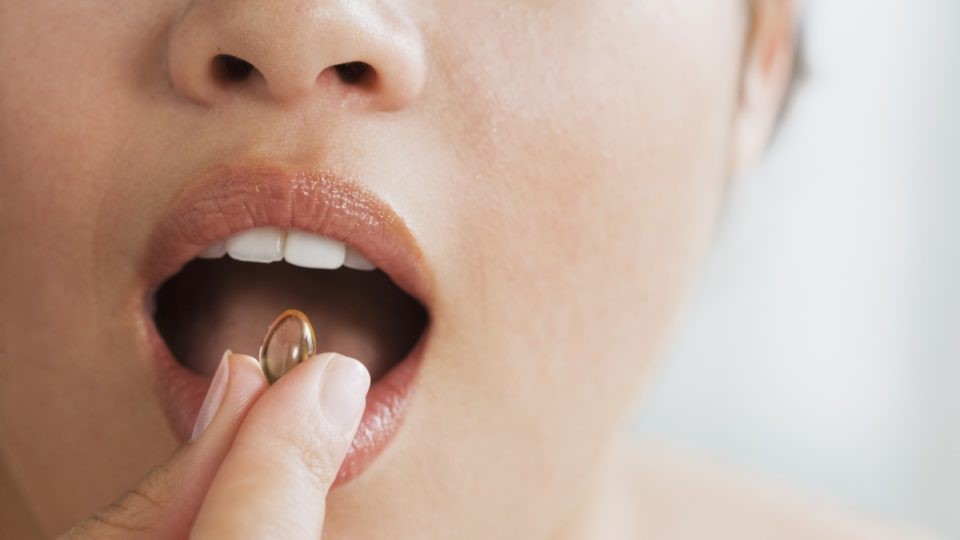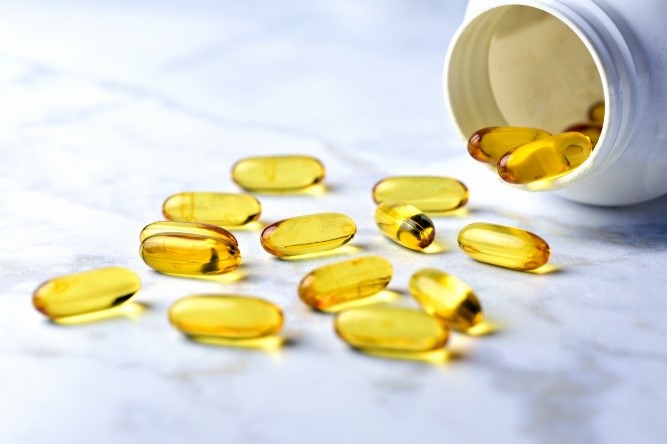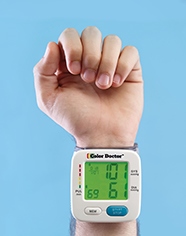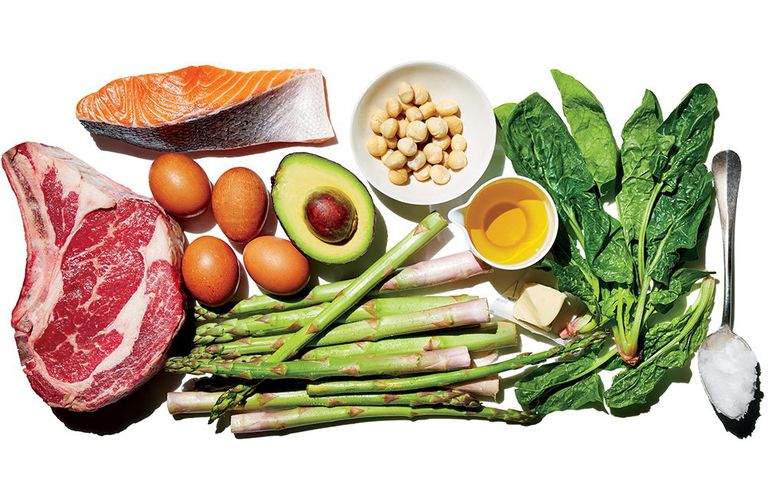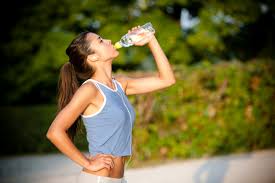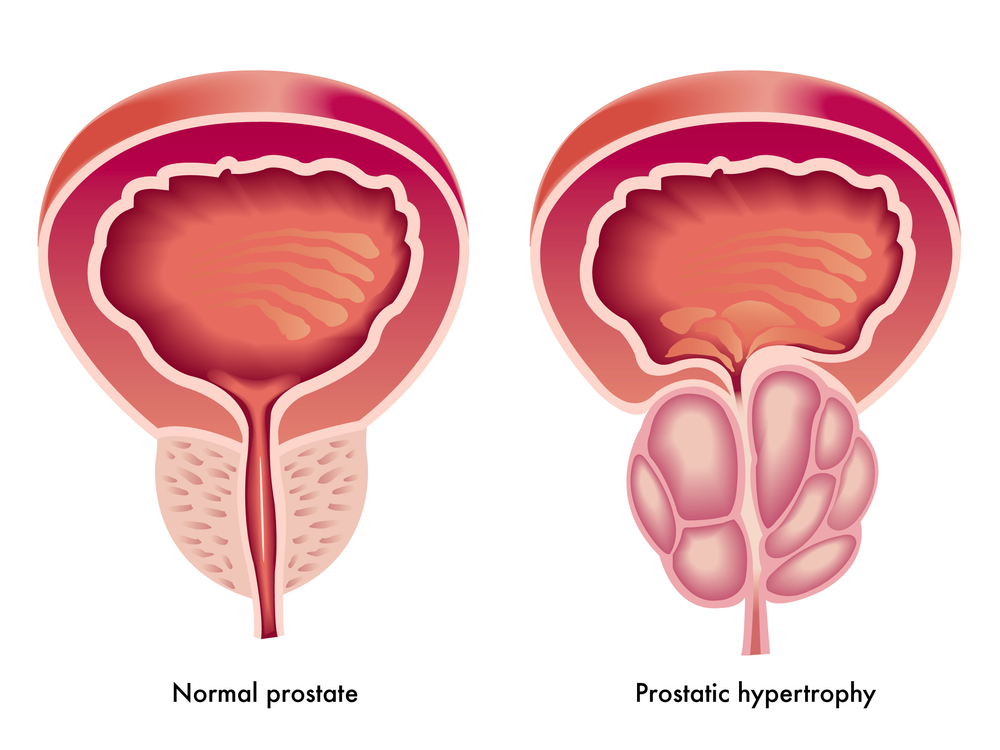|
|
||
|
||
|
Privacy Policy | Editorial Policy | Profit Policy | Join the Association | List of Members | Contact us | Index | Links |
||
|
Back Go to page: 1 2 3 4 5 6 7 8 9 10 11 12 13 14 15 16 17 18 19 20 Forward
|
||
|
Health and Life Style. |
||
| Veterans and Veterans Families Counselling Service (VVCS) can be reached 24 hours a day across Australia for crisis support and free and confidential counselling. Phone 1800 011 046. VVCS is a service founded by Vietnam Veterans. |
||
|
Vitamin supplements – are they worth taking?
The billions of dollars almost half of Australians are now spending on vitamin supplements may as well be flushed down the toilet, as experts warn there is little evidence they have any health benefits.
|
||
|
|
||
|
New research by Roy Morgan has found about 43 per cent of Australians are taking supplements, the most popular brands being Nature’s Own, Swisse, Blackmores, Berocca and Cenovis. Some of the current trends include vitamin D, fish oil, vitamin C and multivitamins but nutritional epidemiology expert Dr Amanda Patterson, of the University of Newcastle, said consumers are being “ripped off”.
“We have very expensive urine,” she said, a reference to supplements passing straight through the body. Australians spend about $5 to $20 for a month’s supply of supplements and the complementary medicine industry in Australia, which generated $4.7 billion in revenue in 2016, is growing. Dr Patterson said the figures were “concerning” because there are no proven benefits for most supplements. “There are usually no proven benefits unless treating a deficiency, and sometimes there are negative effects,” she said. There are a few exceptions including for those who have certain health deficiencies such as iron and folate supplementation for women who are pregnant.
“High dose supplements of single nutrients can affect absorption and metabolism of other nutrients and potentially add stress to vital organs such as kidneys, particularly protein supplements. We can definitely get what we need from food in most cases.”
Molecular pharmacologist Ian Musgrave said fat-soluble, antioxidant vitamins may also cause more harm than good. “Most notably beta-carotene and vitamin A are associated with slightly increased rates of cancer and heart disease,” he said.
‘Too good to be true’
Health supplements have become a huge business in Australia, with many companies seeking a slice of the profits by investing heavily in marketing. Rachael Dunlop, vice president of Australian Skeptics, said supplement manufacturers are not required to provide scientific evidence that their products work. “The fact that many supplements – lacking good quality scientific evidence to support their claims – are sold in pharmacies alongside science-based medicine lends them legitimacy and makes it more confusing for the consumer. Australians are inundated with glossy marketing and advertising featuring beautiful celebrities and pretty images, and these figures are evidence that these campaigns are working.
“People take supplements because they buy into the advertising that promises you will look younger, feel sharper, think quicker or lose weight. If it looks too good to be true, it probably is”.
There is no silver bullet.
Dr Patterson said regulation in the supplement industry differs from that of the food industry. “Food manufacturers would be prosecuted for such misleading behaviour.” Consumer group CHOICE recently called on politicians to block proposed legislation which it says will legalise “dangerous claims” on complementary medicine. The legislation, which arose from the 2015 Sansom Review into medicines, lists more than 1000 claims that therapeutic goods companies can use when making product claims, 86 per cent of which are not backed by scientific evidence.
“We are concerned that allowing complementary medicine and supplement companies to make unfounded claims will lead to people paying for products that won’t work, rather than those that could help improve their health. From claiming to help with heart function to providing anxiety relief, people stand to be tricked into thinking these products will help with a medical condition. At a minimum, we’d like to see these companies display a clear warning on the pack informing people that these claims are based solely on traditional use and have no scientific basis.
|
||
|
I told myself that I should stop drinking, but I’m not about to listen to a drunk who talks to himself.
|
||
|
God's Plan for Aging!
Most seniors (read us) never get enough exercise. In His wisdom God decreed that seniors become forgetful so they would have to search for their glasses, keys and other things thus doing more walking. And God looked down and saw that it was good.
Then God saw there was another need. In His wisdom He made seniors lose coordination so they would drop things requiring them to bend, reach and stretch. And God looked down and saw that it was good.
Then God considered the function of bladders and decided seniors would have additional calls of nature requiring more trips to the toilet, thus providing more exercise. And God looked down and saw that it was good.
So if you find as you age, you are, walking from room to room more, getting up and down more, getting excited more, deep breathing more, remember: it’s God’s will. It is all in your best interest even though you continually mutter under your breath.
Important facts to remember as we grow older:
Please share this wisdom with others while I look for my glasses.
How accurate are wrist blood pressure monitors?
Some wrist blood pressure monitors may be accurate if used exactly as directed. However, the American Heart Association recommends using a home blood pressure monitor that measures blood pressure in your upper arm and not using wrist or finger blood pressure monitors.
Wrist blood pressure monitors are extremely sensitive to body position. To get an accurate reading when taking your blood pressure with a wrist monitor, your arm and wrist must be at heart level. Even then, blood pressure measurements taken at the wrist are usually higher and less accurate than those taken at your upper arm. That's because the wrist arteries are narrower and not as deep under your skin as those of the upper arm.
Some people can't have their blood pressure measured at the upper arm because they have a very large arm or find blood pressure measurements painful. In these cases, measuring blood pressure at the wrist is acceptable.
It's common for blood pressure readings taken at home on any type of monitor to be different from those taken at your doctor's office. If you have a wrist blood pressure monitor, it's a good idea to take your monitor to a doctor's appointment. Your doctor can then check your blood pressure with both a standard upper arm monitor and a wrist monitor in the correct position in the same arm to check your wrist blood pressure monitor's accuracy. Also make sure to use a validated device.
|
||
|
Forget the health food. I need all the preservatives I can get.
|
||
|
The truth behind the most popular diet trends.
Thinking about jumping on the Whole30, ketogenic diet, anti-inflammatory diet or intermittent fasting bandwagon? Read this first.
Is skipping meals a bad idea, or a secret weight-loss weapon? Should you eat low fat, or high fat? You probably could eat less added sugar, so should you eliminate it completely?
With so many competing, and often contradictory, diet trends, it can be tough to cut through the hype to find a healthy-eating plan that works for you. Check out the evidence behind each of these four increasingly popular eating styles to uncover the real deal.
Whole30.
How it works: For 30 days, no sugar, alcohol, grains, legumes, dairy or treats in general are allowed. What's on the menu? Moderate amounts of meat, seafood and eggs; vegetables aplenty; some fruit; and natural fats such as nuts and avocado. Herbs and seasonings are A-OK.
What it promises: A reboot for your eating habits and your cravings, plus, the founders say that eliminating these food groups may help with a number of ailments they blame on food sensitivities, such as skin problems, digestive issues, low energy and chronic pain.
The upsides: No doubt the Whole30 is strict, but for some people, a black-and-white list of rules stating what you can and can't eat, makes it easier to follow (at least for 30 days). Plus, the growing popularity makes recipes and meal plans easy to find. Cutting out snacks and processed foods such as chips and crackers is part of the plan.
The downsides: Though the internet is full of anecdotal success stories, there's no scientific evidence of health benefits — particularly in the long term. Most people return to their previous eating habits after completing the challenge.
Verdict: Not only does it cut out foods that most people should eat less of, like added sugars, but it also eliminates healthy foods, including whole grains, dairy and legumes. A more sustainable approach: Don't cut out food groups. Enjoy the variety, including dessert — as long as it's occasional.
Ketogenic diet.
How it works: Bring on the bacon. This high-fat, very low carbohydrate diet typically means eating fewer than 50 grams of carbs a day — less than four slices of bread's worth.
What it promises: Getting most of your calories from fat forces your body to use different energy pathways. Instead of carbs for energy, the body burns fat, entering a state called ketosis.
The upsides: While the precise mechanisms are unclear, ketosis is thought to have brain-protecting benefits: As many as half of young people with epilepsy had fewer seizures after following the diet. And some early research suggests it may have benefits for blood sugar control among people with diabetes. An upcoming study will look at the ketogenic diet as a weight maintenance strategy.
The downsides: While the research is exciting, there's very little evidence to show that this type of eating is effective, or safe, over the long term for anything other than epilepsy. Plus, very low carbohydrate diets tend to have higher rates of side effects, including constipation, headaches, bad breath and more. Also, meeting the diet's requirements means cutting out many healthy foods, making it difficult to meet your micronutrient needs.
Verdict: While the ketogenic diet may be recommended for some people with uncontrolled epilepsy, the high fat content and especially the high level of unhealthy saturated fat, combined with limits on nutrient-rich fruits, veggies and grains is a concern for long-term heart health.
Anti-inflammatory diet.
How it works: While there is no single anti-inflammatory diet, the general approach is a balanced diet full of fresh, wholesome foods. The diet calls for lots of colourful fruits and vegetables, whole grains, fish, tea (instead of coffee), and even dark chocolate and red wine. Fast food? Off the menu.
What it promises: Eating whole, unprocessed, largely plant-based foods is thought to fight chronic inflammation and help counteract stress and environmental toxins. In turn, this may lower your risk of heart disease, cancer and Alzheimer's.
The upsides: Fresh fruits and vegetables? Check. Whole grains? Check. Healthy omega-3 fats? Check. Chocolate and wine? Double check.
The downsides: Learning to prepare fresh, plant-based foods can be more time-consuming than relying on pre-packaged or fast food.
Verdict: Just like the Mediterranean diet it's based on, this approach to eating is nutritionally sound and not overly restrictive like some other diet trends.
Intermittent fasting.
How it works: There are two common approaches to fasting: One is to eat very few calories on certain days, then eat normally the rest of the time. The other involves eating only during certain hours, and skipping meals for the rest of each day.
What it promises: Even with free eating periods, fasters tend to take in fewer calories overall, resulting in weight loss. In addition, advocates believe that intentionally depriving your cells of calories may slow the progression of certain age-related diseases.
The upsides: Some people find it easier to have bulletproof willpower for just part of the time than to eat more moderately all of the time. Several small studies have found lower blood sugar, blood pressure and cholesterol levels with fasting.
The downsides: Larger, long-term studies are still lacking, so most of the proposed benefits are theoretical or based on animal research.
Verdict: There's simply not enough research (yet) to support or debunk this trend and shortening your eating window may make it difficult to get the vitamins and minerals you need. Athletes especially may find it difficult to fuel and refuel appropriately for an active lifestyle.
Is it worth dieting? see HERE. |
||
|
Mt wife thinks I'm nosey - I wish she'd say that to my face instead of writing it in her diary. |
||
|
|
||
|
Is sunscreen from last year still good?
When does sunscreen expire?
Spring is here with summer not far away and “Slip, Slop, Slap” will soon be on everyone’s mind again. Our sunscreens are designed to remain at original strength for up to three years which means that you can use leftover sunscreen from one year to the next.
Some sunscreens include an expiration date — a date indicating when they're no longer effective. Discard sunscreen that is past its expiration date. If you buy sunscreen that doesn't have an expiration date, write the date of purchase on the bottle and be sure to throw it out within three years. Also, discard sunscreen that has any obvious changes in colour or consistency.
Keep in mind that if you use sunscreen generously and frequently, a bottle of sunscreen shouldn't last long. Generally, a liberal application is 1 ounce (30 milliliters), the amount in a shot glass, to cover exposed parts of the body. You might need to apply more, depending on your body size.
To maximize protection, use a broad-spectrum sunscreen with an SPF of at least 30. Apply sunscreen generously, and reapply every two hours, or more often if you're swimming or perspiring
|
||
|
|
||
|
|
||
|
Water: How much should you drink every day?
Water is essential to good health, yet needs vary by individual. These guidelines can help ensure you drink enough fluids.
How much water should you drink each day? It's a simple question with no easy answer. Studies have produced varying recommendations over the years, but your individual water needs depend on many factors, including your health, how active you are and where you live.
No single formula fits everyone. But knowing more about your body's need for fluids will help you estimate how much water to drink each day.
Health benefits of water.
Water is your body's principal chemical component and makes up about 60 percent of your body weight. Your body depends on water to survive. Every cell, tissue and organ in your body needs water to work properly. For example, water:
Lack of water can lead to dehydration — a condition that occurs when you don't have enough water in your body to carry out normal functions. Even mild dehydration can drain your energy and make you tired.
How much water do you need?
Every day you lose water through your breath, perspiration, urine and bowel movements. For your body to function properly, you must replenish its water supply by consuming beverages and foods that contain water.
So how much fluid does the average, healthy adult living in a temperate climate need? The US National Academies of Sciences, Engineering, and Medicine determined that an adequate daily fluid intake is:
These recommendations cover fluids from water and other beverages and food. About 20 percent of daily fluid intake usually comes from food and the rest from drinks.
What about the advice to drink 8 glasses a day?
You've probably heard the advice, "Drink eight 8-ounce glasses of water a day." That's easy to remember, and it's a reasonable goal. Most healthy people can stay hydrated by drinking water and other fluids whenever they feel thirsty. For some people, fewer than eight glasses a day might be enough. But other people might need more.
Factors that influence water needs.
You might need to modify your total fluid intake based on several factors:
Beyond the tap: Other sources of water.
You don't need to rely only on what you drink to meet your fluid needs, what you eat also provides a significant portion. For example, many fruits and vegetables, such as watermelon and spinach, are almost 100 percent water by weight. In addition, beverages such as milk, juice and herbal teas are composed mostly of water. Even caffeinated drinks, such as coffee and soft drink can contribute to your daily water intake, but water is your best bet because it's calorie-free, inexpensive and readily available.
Sports drinks should be used only when you're exercising intensely for more than an hour. These drinks help replace electrolytes lost through perspiration and sugar needed for energy during longer bouts of exercise.
Energy drinks are different from sports drinks. Energy drinks generally aren't formulated to replace electrolytes. Energy drinks also usually contain large amounts of caffeine or other stimulants, sugar, and other additives.
Staying safely hydrated, your fluid intake is probably adequate if:
A doctor or registered dietitian can help you determine the amount of water that's right for you every day.
To prevent dehydration and make sure your body has the fluids it needs, make water your beverage of choice. It's also a good idea to:
Although uncommon, it's possible to drink too much water. When your kidneys can't excrete the excess water, the sodium content of your blood is diluted (hyponatremia) which can be life-threatening.
Athletes, especially if they participate in long or intense workouts or endurance events, are at higher risk of hyponatremia. In general, though, drinking too much water is rare in healthy adults who eat an average diet.
|
||
|
During labour, the pain is so great that a woman can almost imagine what a man feels like when he has a cold.
|
||
|
Can diet help with symptoms of an enlarged prostate?
The risk of an enlarged prostate, also called benign prostatic hyperplasia (BPH), increases with age. By age 60, half of men will have BPH and yes, making some healthy changes to your diet and exercise habits may help you manage BPH symptoms such as increased urinary frequency and urgency.
Studies suggest that the following factors may lessen BPH symptoms in men:
Looking at diet specifically, the following nutrients appear helpful:
And the role of total protein is unclear. Some studies have demonstrated an increased risk in men who ate red meat every day compared with men who only ate it once a week, but other studies found a decreased risk in men with a high total protein intake.
Take note: Healthy habits such as regular exercise, watching your waistline, eating your vegetables and limiting dietary fat may help with BPH as well as lower your risk of erectile dysfunction, diabetes and heart disease.
|
||
|
Laughing is good exercise. It's like jogging on the inside.
|
||
|
What is MSG? - Is it bad for you?
Monosodium glutamate (MSG) is a flavour enhancer commonly added to Chinese food, canned vegetables, soups and processed meats. The US Food and Drug Administration (FDA) has classified MSG as a food ingredient that's "generally recognized as safe," but its use remains controversial. For this reason, when MSG is added to food, the US FDA requires that it be listed on the label.
MSG has been used as a food additive for decades. Over the years, the FDA has received many anecdotal reports of adverse reactions to foods containing MSG. These reactions, known as MSG symptom complex, include:
However, researchers have found no definitive evidence of a link between MSG and these symptoms. Researchers acknowledge, though, that a small percentage of people may have short-term reactions to MSG. Symptoms are usually mild and don't require treatment. The only way to prevent a reaction is to avoid foods containing MSG.
|
||
|
|
||
|
|
||
|
Why don’t humans have a Mating Season.
Some mammals have specific times of year when they mate and reproduce. That's not the case for us primates, though.
Most animals have a mating season, and it's usually a time when food, sunlight and fertility are plentiful. But what about humans? We don't hibernate — Netflix and Foxtel doesn't count — and those with access to modern economies don't have to wait for seasonal resources to put food on the table.
|
||
|
|
||
|
"Humans don't have a true 'mating season' simply because sex is had throughout the year, rather than saving it for a specific time," says author and professional matchmaker Dominique Clark. "People want to be together and desire connection most. So, they seek relationship, but not because doing so during this season will produce offspring that can survive the harshest winter, but simply because the desire for intimacy and sex have increased."
We're part of a biologically classified group known as continuous breeders, which means that we mate or breed year-round. Seasonal breeders, like bears or chipmunks, have changes in fertility and sexual activity depending on the time of year. The females of these species experience an oestrous cycle only during certain times, which introduces physiological and behavioural changes that lead to increased sexual activity. If conception doesn't take place the endometrial lining in the uterus is reabsorbed.
Most women of childbearing age ovulate regularly and menstruate to shed the uterine lining if an egg is not fertilized and do not require physiological processes to prompt sexual activity. However, people still share some of the same behaviours seen in other primates — even if we don't recognize the vestigial cues.
It is theorized that something that seems inadvertent, like a man at a bar pulling up his sleeve to make a nice watch visible to a female, is a way to indicate wealth and signal that he would be a good provider and mate. While most other primates don't own a Rolex, they can indicate wealth and the ability to support offspring through other ways.
|
||
|
|
||
|
If a disease were to up its chance of spreading to another host through close contact, why don't any diseases encourage human intimacy?
The similarities in courtship patterns between humans and nonhuman primates stems from our shared social behaviour ancestry. We are social creatures that rely on group members for our survival and reproductive success. That means getting along with each other is of paramount importance. Touch and vocal communications help us solidify our bonds as individuals who get along with each other. Humans aren't really different from any other non-human primate on this, we just have different styles and ways of doing things.
Even with plenty of evidence to the contrary, the concept of a mating season may still be in play for humans, although few people would recognize it as such. Among the nomadic Turkana in northwest Kenya, more than half of all births occur in spring, from March to June. It's a phenomenon experts attribute to the harsh environment, when an influx of food leads results in high conception rates.
In addition to nutritional peaks, humans' hidden mating seasons may also be influenced by factors as varied as environmental and social factors. According to a study published in the Journal of Reproductive Rhythms, when the sun shines for about 12 hours a day and the temperature stays between 10 and 21 degrees C, women are more likely to ovulate and men tend to produce more sperm.
And findings published in the Journal of Human Reproduction showed that married, educated women aged 25 to 34 in the Czech Republic have strong seasonal ties to reproduction, with most giving birth in the spring. Meanwhile, women in the study who were younger than 19 or older than 35, unmarried and with low education levels, were more likely to give birth at no particular time of year.
Evolutionarily, sometimes we lose the full blown 'need' for something but retain it nonetheless, for example, some scientists argue the small pinky toe is on its way out. True, humans have evolved over time in order to give birth year around — which is the 'highest' evolutionary purpose that sex would serve — however a disproportionate amount of people are born in summer, indicating when most people mate. Our tendencies may not be as obvious as other primates, but they exist on closer inspection.
They say there are 237 reasons why humans have sex, don’t believe it ?? see below. |
||
|
|
||
|
|
||
|
|
||
|
|
||
|
|
||
|
|
||
|
|
||
|
|


